In 2017, when agrifood tech deal count fell globally, Brazil and Argentina were two of just 15 countries with positive growth in deal count according to the AgFunder Agrifood Tech Investing Report 2017. If this trend is to continue, SP Ventures is likely to play a major role.
The 11-year-old Sao Paolo-based VC is not technically an agrifood-specific investor but managing director Francisco Jardim told AgFunderNews that the VC caught on to the potential of agrifood tech soon after raising its first fund and its portfolio has swung heavily in that direction since.
In 2017 SP Ventures made eight agrifood tech investments, ranking it in the top 12 global agrifood tech investors. Of those eight investments, six were in on-farm technologies placing SP among the six farm tech investors of 2017.
VC activity is picking up in Brazil outside of agrifood as well. VenturePulse indicated Brazil’s VC ecosystem grew 47% in 2017 to close $575 million in investment overall. We caught up with Jardim to find out how SP evolved into a leading agrifood tech investor and how the VC is supporting early-stage startups in South America.
How did SP Ventures become one of the most active farm tech investors in the world?
Our fist agtech investment was back in 2009 when nobody was looking at it — nobody thought it was sexy. Since then and we’ve been betting more and more of our assets on it and about four years ago we started to become almost exclusively ag investors. Two or three years ago, the ecosystem really took off — corporates started to come in, investors started to call us, farmers started to adopt our portfolio companies’ technology. But 2017 was the year that we clicked into the agtech ecosystem.
When did your portfolio start to shift?
The first fund we raised back in 2007 was sector agnostic. We backed eight companies and four were in ag. So when we went to raise a second fund in 2012 we looked hard at why we were so overweighted in ag. We looked at the fundamentals. We looked at the research centers here in Brazil, market potential, entrepreneurs, and early signs of deal flow increasing. Many of the revolutions that are now going full-throttle in ag such as cloud-computing, mobile penetration, and IoT were picking up. We started seeing these early signals because we started betting so early. So when we raised the second fund we told investors that it was no longer going to be agnostic, it was going to be a prominent agtech fund with space for other ivnestments.
We came into the market in 2013 with that mindset and things started to happen. We had dry powder, we had great entrepreneurs and we were very early so we went all out. 80% of our second fund went to ag and the next fund we’re starting to raise now is going to be 100% ag.
How does your relationship with NXTP Labs and the Pulse Accelerator come to be?
I met the boys from NXTP in San Francisco at an event. We formally started working together in 2015 when Raizen, which is the largest sugar cane operation in Brazil, called is up and said they wanted to discuss open innovation and corporate venture. We suggested an accelerator and started to brainstorm. When we came to the point to find out who’s going to run the accelerator, we thought it was important that the accelerator be independent so no one at Raizen could run it and we couldn’t run it because we’re a VC. NXTP was the only Latin American accelerator that had run an agtech-focused program — they had run a bilateral accelerator between Uruguay and Argentina. We spoke to several other accelerators in Brazil but we felt that NXTP had the best knowledge and understanding of ag.
We invited them to become a member of the program in 2017 and Raizen agtech accelerator went up in July.
This year Brazil is really seeing a new speed — a new velocity. For the first time in four years, Brazil is coming back to growth and there has been a huge wave of tech liquidity. Brazil had its first Unicorn a few months ago and the second unicorn just a few weeks later. We had never had a unicorn and so far this year we have three.


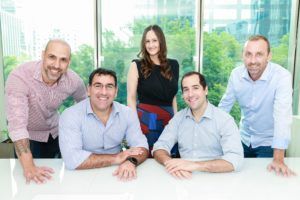





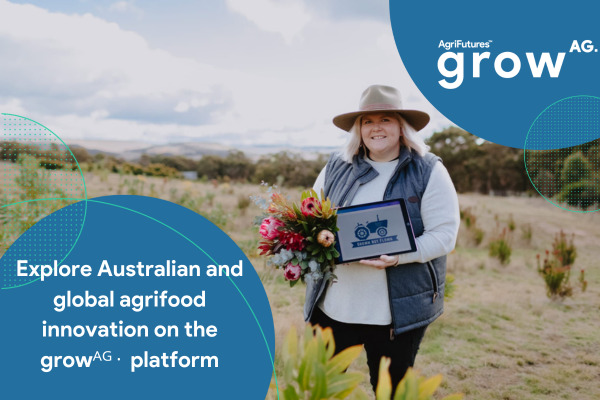
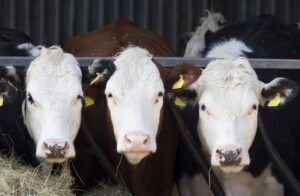
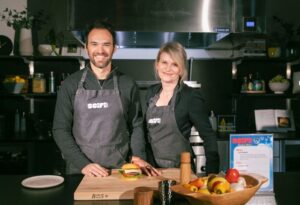
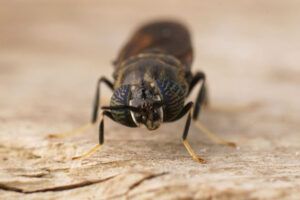
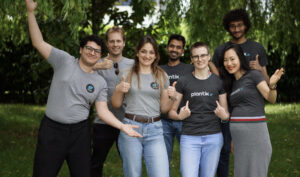
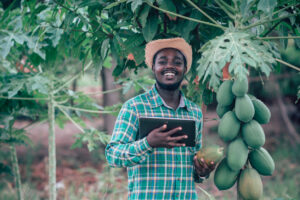

Sponsored
Sponsored post: The innovator’s dilemma: why agbioscience innovation must focus on the farmer first